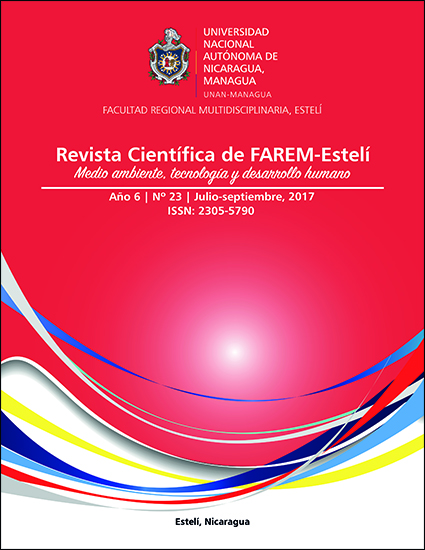Evaluation and comparison of phenological, morphological and ecophysiological features of 4 different species of Quercus, typical of tropical dry forests (Miraflor-Moropotente Park - Nicaragua)
Abstract
Phenological, morphological and ecophysiological variables were analyzed in winter (dry season) and in summer (wet season) for 4 species of Quercus sp. living in the Miraflor-Moropotente Natural Park, Estelì, Nicaragua. Each species has a slightly different altitudinal range of distribution in the studied area, and for each species two populations were chosen, located respectively in a low and in a high part of its range. All the parameters analyzed showed to vary significantly according to species, altitude and season, being the species the main discriminating factor. In particular, species that occupy lower altitudes display adaptation strategies that are typical of lower water regimes, such as more prolonged leaf fall and lower stomatal densities; inside single species such pattern are replicated, even if less markedly, for populations that occupy areas at lower altitude. It can be concluded that climatic factors, connected with altitude, significantly affect plant responses in the dry tropic, and that such responses vary among species as a result of different adaptation strategies These strategies are at the basis of forest structure, composition and biodiversity, and subtend the species’ distribution patterns. Their better knowledge is a crucial tool for a more focused forest management in the frame of the ongoing climate change.
Keywords: dry tropic, gas exchange, phenology, Quercus sp.



